According to Environment Canada (https://www.travelalberta.com/ca/plan-your-trip/weather-climate/), Alberta is ranked number one for the most comfortable weather overall in Canada. In the Rockies we can see up to 9m (30ft) of snowfall between November and April. The average winter temperatures range from -5 degrees to -15 degrees Celsius. The coldest months are usually January and February with temperatures reaching -30 to -40 degrees Celsius for short periods of time. So despite the cold we have many opportunities for rodents to survive and thrive.
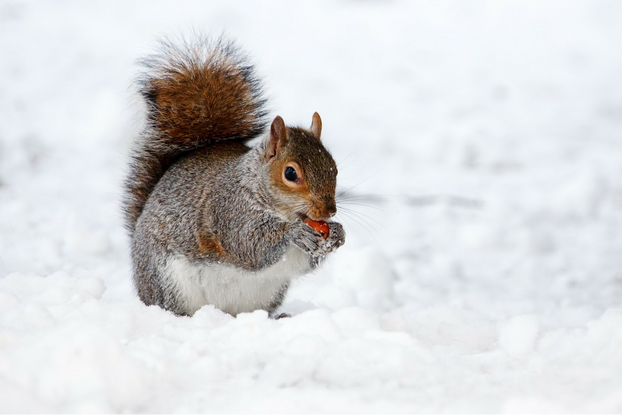
The first rodent species that does quite well during the winters are squirrels. There are three types; the red squirrel, which is a protected squirrel species here in Alberta. The gray and black squirrels are a little bigger and are considered invasive species. These squirrels often use man-made structures like attics to nest in and store food. Squirrels do not hibernate and will be active during the day. When there are really cold spells, they will stay in their nests and eat the food that they have stored away.
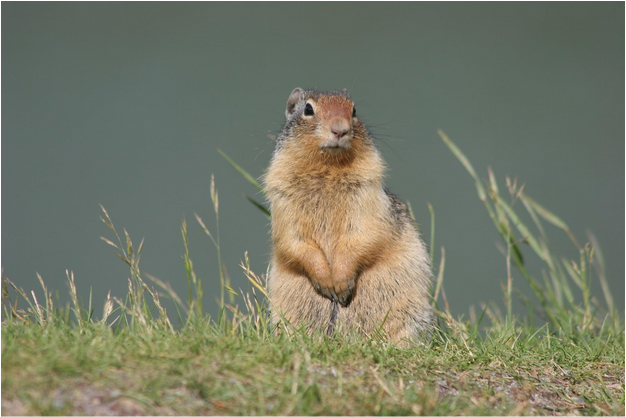
The other squirrel species that you can find in Alberta is the ground squirrel. The most popular one we have around here is the Richardson’s Ground Squirrel or as it is commonly known as the Gopher. The Richardson’s ground squirrel lives in expansive burrows with tunnels and several chambers. This ground squirrel is a prolific breeder and easily destroys huge areas in parks or farmers’ fields. For about 8 months of the year, they remain in the burrow where they hibernate. They are only seen during the four months where they are active above ground. They sleep through the cold temperatures until the ground warms up. Most ground squirrels that you see above ground are the younger ones. Each female will produce one litter each summer and return to hibernate in late August.
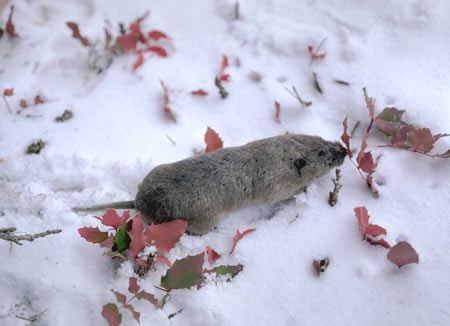
The next animal that calls Alberta home is the northern pocket gopher, another ground burrowing rodent that often gets mistaken for a mole (we don’t have any insect-eating moles in Alberta). This rodent is known to be very solitary. You will hardly ever see this critter above ground but you will certainly see the evidence of where he has been. He leaves big mounds of black dirt above ground from his extensive tunnel excavations. Mounds can appear any time but can be most pronounced in spring or fall when the soil is easier to dig. In snowy areas they can also create burrows in the snow, leaving long earthen cores on the surface when the snow melts. Pocket gophers do not hibernate and are active year-round. They typically live alone except when they are breeding or if females have young with them.
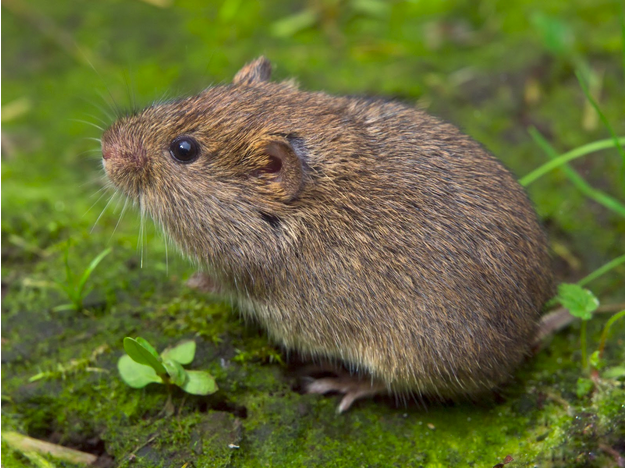
A little smaller, more like the size of a house mouse is the Prairie Vole. Unlike the house mouse, voles are quite content to remain outside during the winter months and as a result active all year round. Voles eat grass and seeds and survive easily underneath the snow. We find, when Alberta has a long hard winter with lots of snow that stays on the ground for six months, it creates the perfect environment for the voles to live under that protective cover. In the spring when the snow melts you can truly see how much damage they can do to a lawn. If and when the snow melts and they lose their protective cover they simply find man-made structures to protect themselves during warmer months. So they move underneath driveways, decks, and patios and come up above the ground to feed at night.
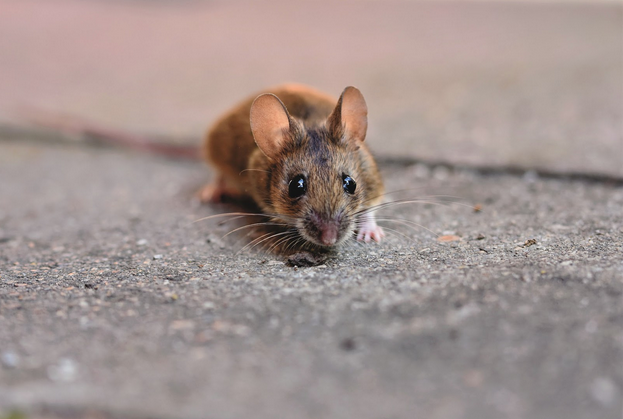
The last rodent we will see thriving in the winter is the house mouse. Unlike the vole, they will be seeking man-made structures to find a warm spot to nest when it is cold. Many things can attract them to your home including being careless with garbage and food storage, leaving wood piles at the side of your home, and keeping garage doors or sheds open for long periods. Typically they live within a small radius of about 15 feet. Mice will often seek cracks and crevices on the exterior of your home to try and make their way inside. It’s important to inspect the exterior of your home to look for areas around piping or vents that could give them access. Unfortunately, house mice won’t leave once things get warmer outside, so it’s important to deal with any infestations as soon as they arise to ensure your home does not get overrun by mice.
If you have any questions about the rodents that may be calling your house or lawn home, give us a call to discuss! We offer free inspections and a variety of service packages to ensure you are pest-free!



